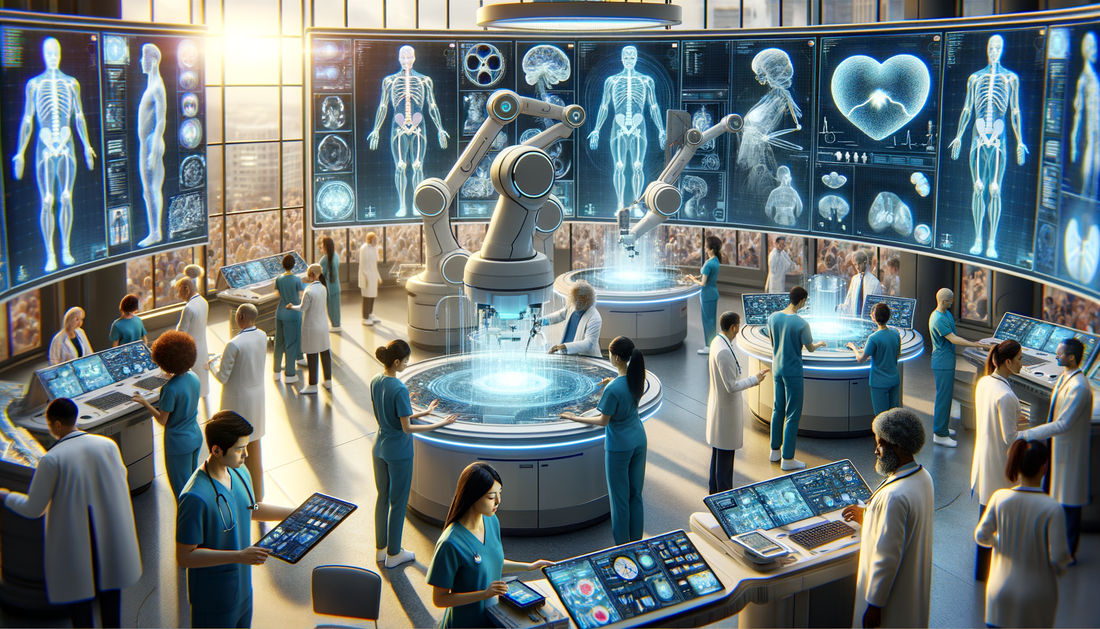
The Digital Scalpel: How AI and Robotics are Revolutionizing Healthcare
Share
The operating room of 2025 looks significantly different, thanks to the increasing integration of artificial intelligence and robotics. AI algorithms are becoming "super-vision" radiologists, capable of analyzing medical images like X-rays and CT scans with a level of accuracy that can surpass human experts, detecting diseases like cancer at their earliest stages. For instance, AI-powered systems can now screen thousands of mammograms with incredible speed, flagging suspicious areas for human review.
Robotic surgery is also becoming more intelligent and precise. Systems like the MAKO robotic arm use AI to create 3D models of a patient's joints from CT scans, allowing for incredibly accurate implant positioning in knee and hip replacements. Studies have shown these robotic-assisted surgeries can lead to shorter hospital stays—an average of two days less than traditional open surgery—and a 52% reduction in readmission rates. Beyond surgery, intelligent chatbots are providing preliminary diagnoses, and AI is even being used to decode the gut microbiome to identify biomarkers for complex diseases, heralding a new era of predictive and personalized medicine.